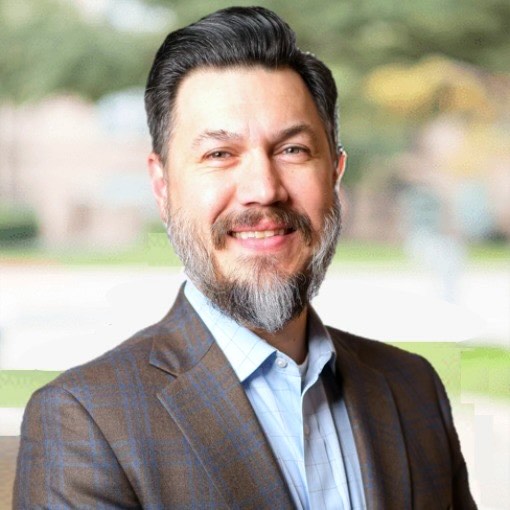Summary
On September 24, 2007, human remains were discovered washed ashore along the beach in New Smyrna Beach, Florida. Authorities responded to the Volusia County beach and collected a human mandible. An initial investigation concluded that the mandible likely belonged to an adult male whose identity could not be determined. Investigators detected that the remains were subjected to trauma leading them to suspect that the man’s death may have been due to homicide. The case was entered into the National Missing and Unidentified Persons System (NamUs) as UP1521, and traditional investigative methods yielded no identification.
In February 2025, with funding provided by the Florida Department of Law Enforcement (FDLE) through its Missing and Unidentified Human Remains (MUHR) grant, the Volusia County Sheriff’s Office submitted forensic evidence to Othram, a forensic laboratory specializing in human identification from degraded or limited DNA samples. Othram scientists used Forensic-Grade Genome Sequencing® to build a comprehensive DNA profile from the evidence.
This profile was then delivered to FDLE’s in-house forensic genetic genealogy team, which conducted genealogical research to identify possible relatives of the man. The team’s forensic search led to new investigative leads that ultimately resulted in the positive identification of Robert Martin, whose death is now ruled an accident.
According to investigators, Martin had been reported missing while diving off the coast of Volusia County in 2006. At the time, it was believed that he may have drowned, but his remains were never recovered. In 2007, prior to the discovery of Martin’s unidentified remains, diving gear was located by a diver and traced to Martin. This identification provides long-awaited resolution for his family, confirming what had long been suspected.
Through coordinated efforts between the Volusia Sheriff’s Office, FDLE, and Othram, and with the support of grant funding, a previously stalled investigation was brought to conclusion nearly 18 years after the discovery of the remains.
The identification of Robert Martin is the 43rd case in the State of Florida where officials have publicly identified an individual using technology developed by Othram. Visit DNASolves to learn about other Florida cases, where your support can help bring long-awaited answers to families.
